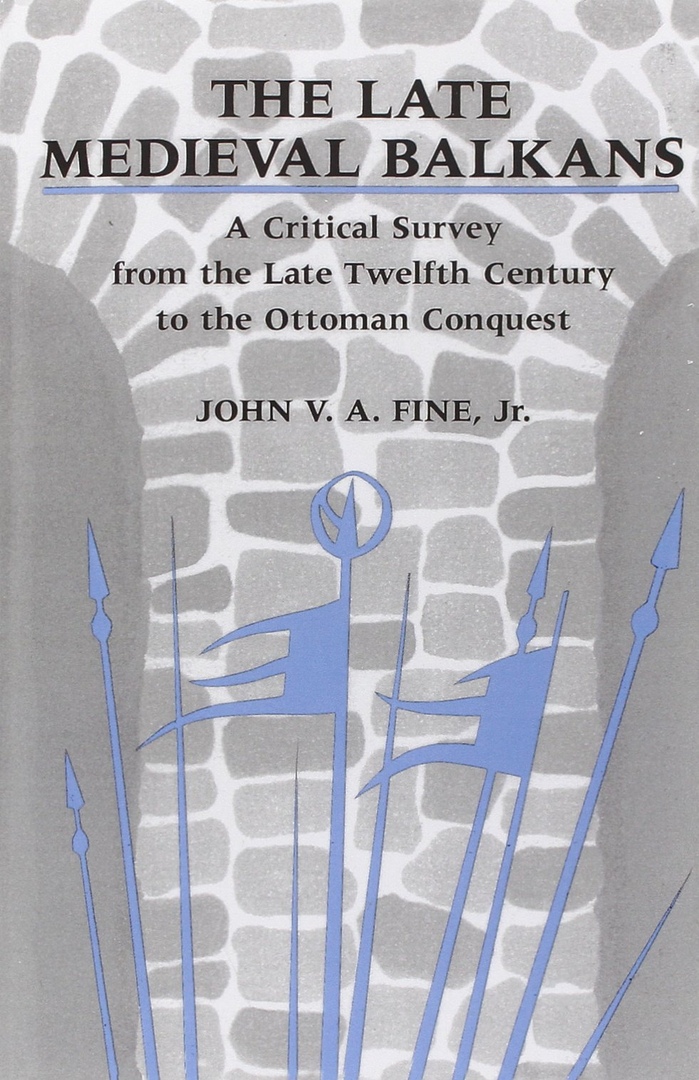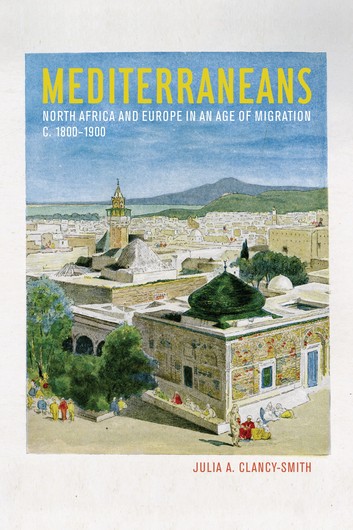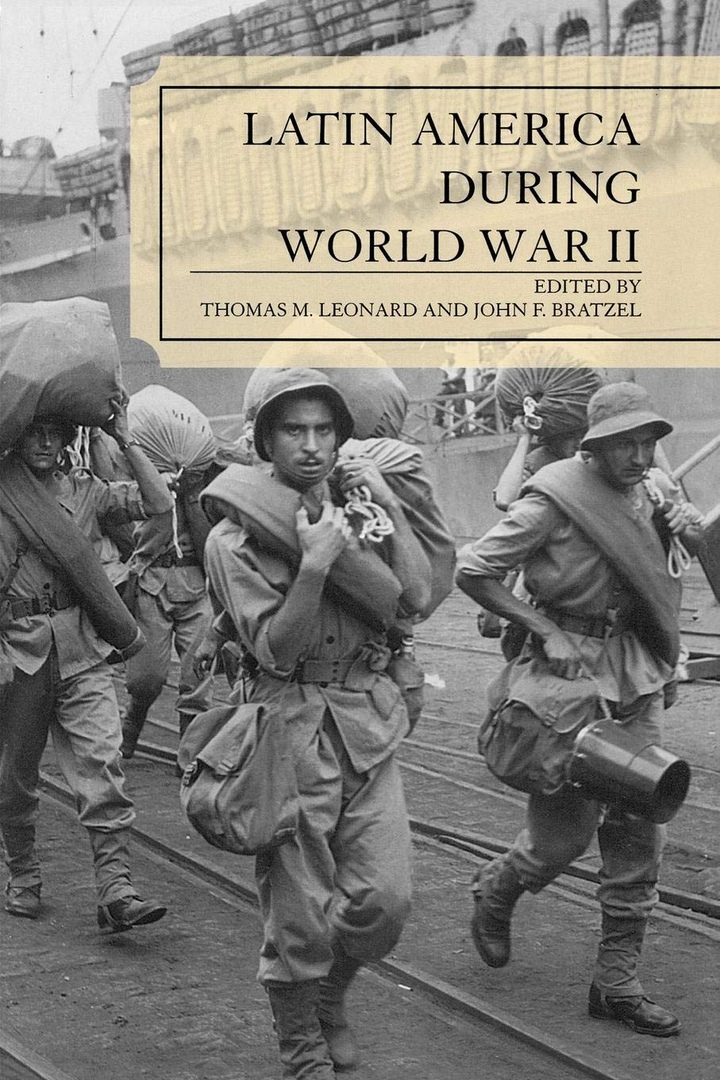The Early Medieval Balkans: A Critical
1) The Early Medieval Balkans: A Critical Survey from the Sixth to the Late Twelfth Century – John V. A. Fine
University of Michigan Press | 1991 | PDF
Most of what has been written on the medieval Balkans—the area that now encompasses Yugoslavia, Greece, Bulgaria, and Albania— has been little more than a footnote to Byzantine history or has been limited to narrow national histories. The Early Medieval Balkans is the first comprehensive examination of the events of early medieval Balkan history—events that were as important as they are fascinating. The period that John Fine examines was an era of significant demographic, political, and religious change in the region. During this time, native populations were supplemented or replaced by the Bulgars and various Slavic tribes, who were to become the Bulgarians, Serbs, and Croats—ethnic identities that exist to this day. They formed their first states and fought both militarily and politically, and with varying degrees of success, for protection from the domination of Constantinople and each other. Equally important, most of the people of the Balkans were converted to Christianity during this period and came under the religious jurisdiction of either Rome or Constantinople, thus determined which people would be Roman Catholic and which Eastern Orthodox at the time of the Great Schism. This polarity of religious loyalty has persisted into the twentieth century. This thorough and detailed study cuts through many of the myths and assumptions that have pervaded previous histories of the Balkans. It is an important source for those who wish to expand their knowledge of this turbulent period and who wish to broaden their understanding of the region.
2) The Late Medieval Balkans: A Critical Survey from the Late Twelfth Century to the Ottoman Conquest – John V. A. Fine Jr.
University of Michigan Press | 1994 | DJVU
The Late Medieval Balkans is the first comprehensive examination of the events of the late medieval Balkan history—events that were as important as they were fascinating.
The period that John Fine examines was an era of significant demographic, political, and religious change in the region. During this time, native populations were supplemented or replaced by the Bulgars and various Slavic tribes, who were to become the Bulgarians, Serbs, and Croats—ethnic identities whose historical conflicts have persisted to this day.
The Late Medieval Balkans is an important source for those who wish to expand their knowledge of this turbulent period and who wish to broaden their understanding of the region.
 1 / 2
1 / 2 2 / 2
2 / 2



